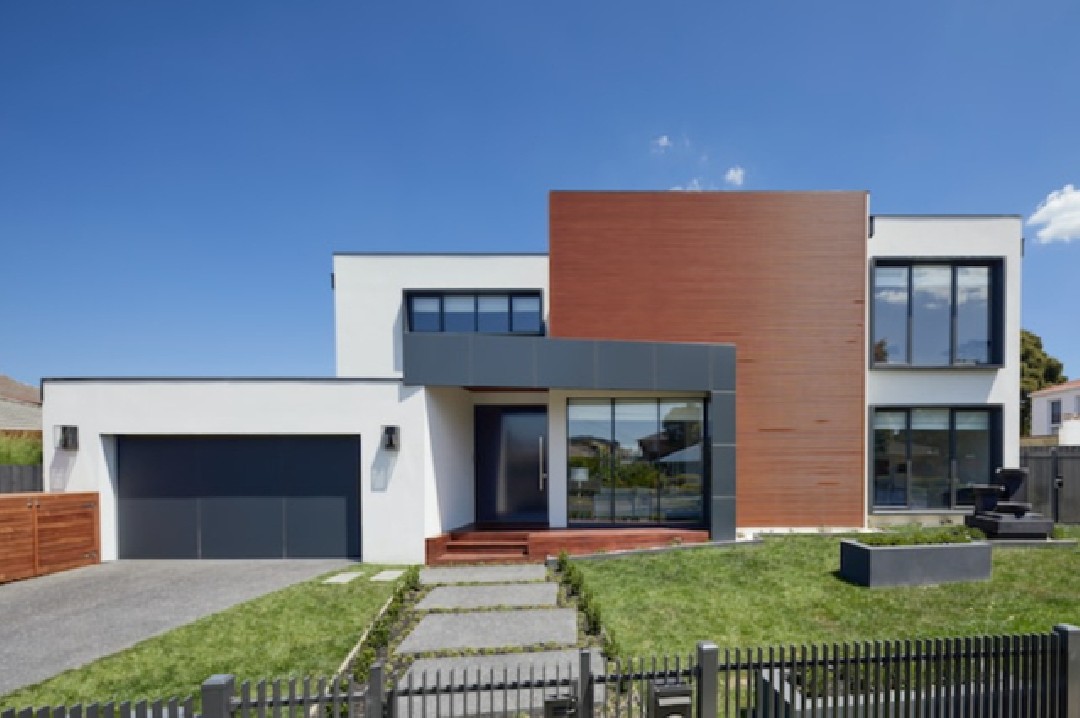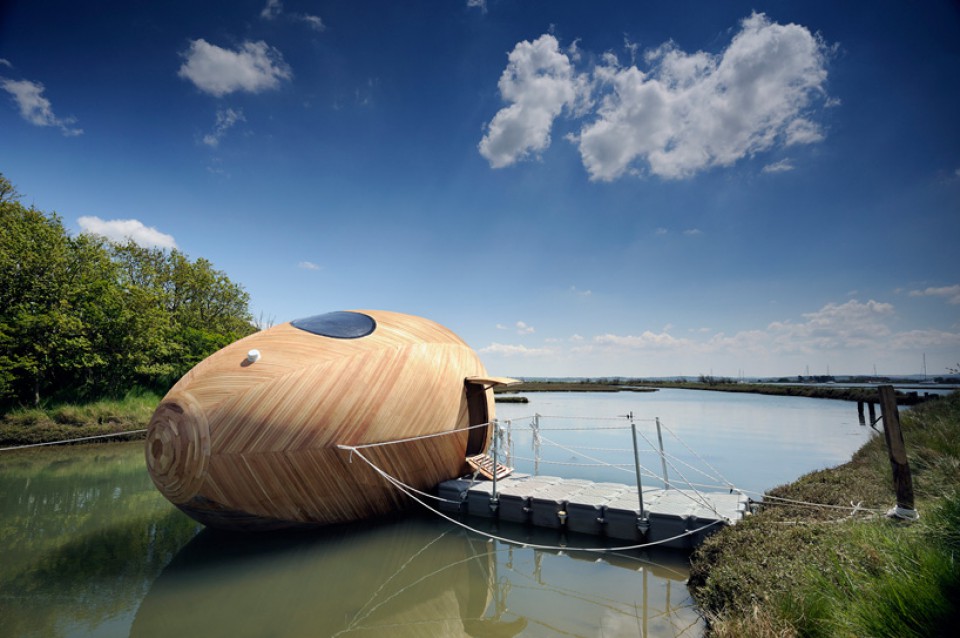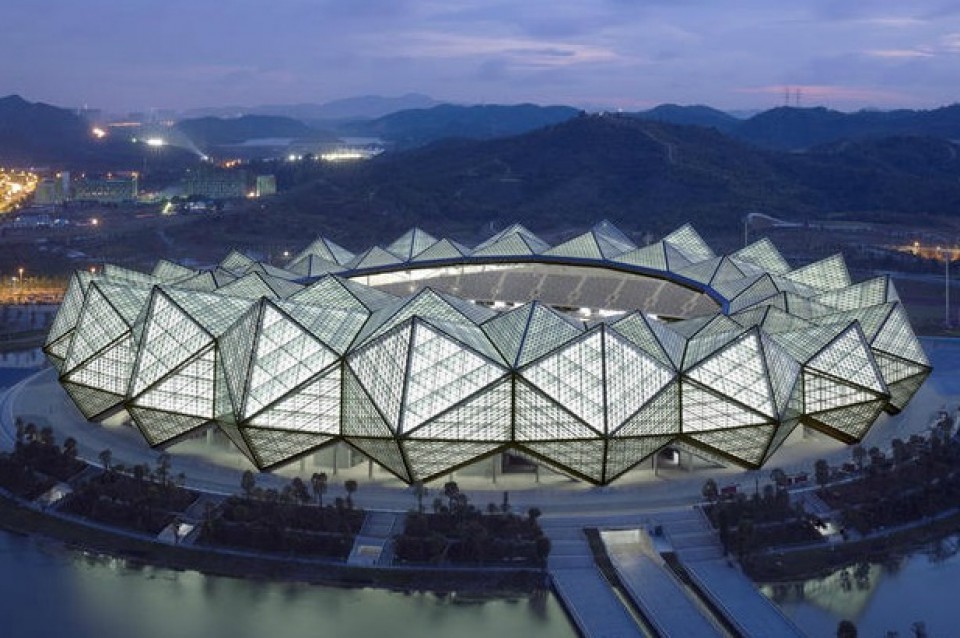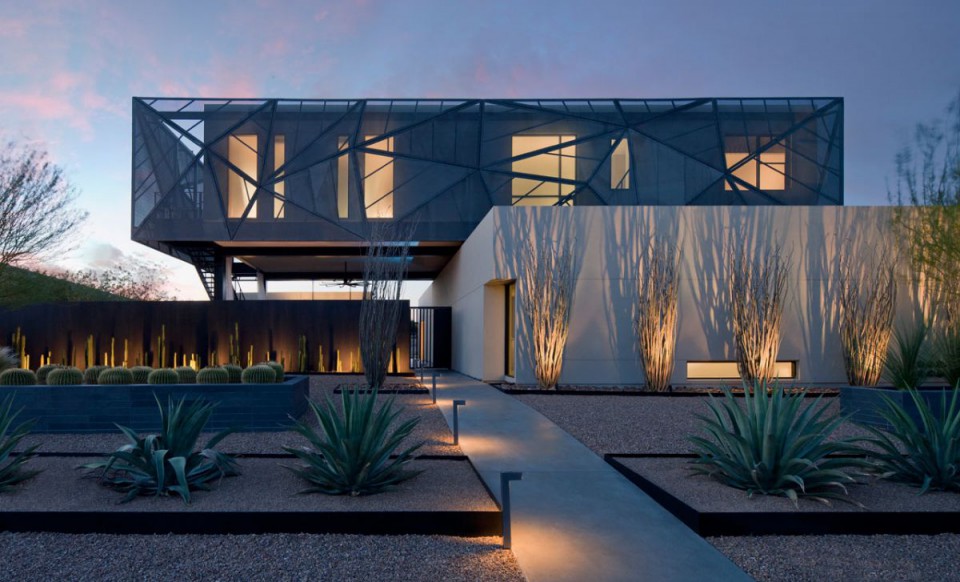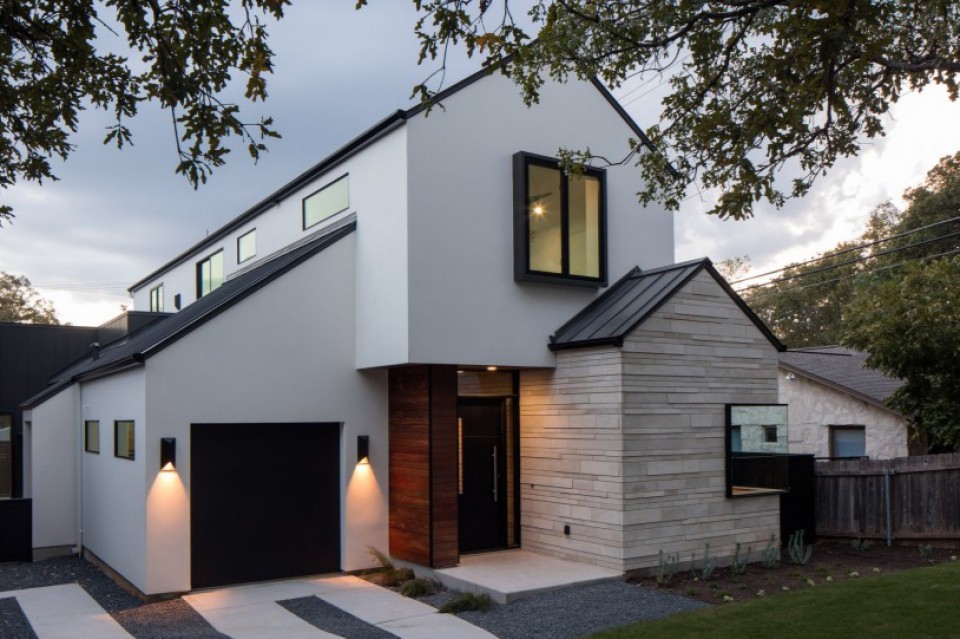From Factory to Palace-Like Home: The Transformation of an Abandoned Building into a Luxurious and Astonishing Habitable Residence!
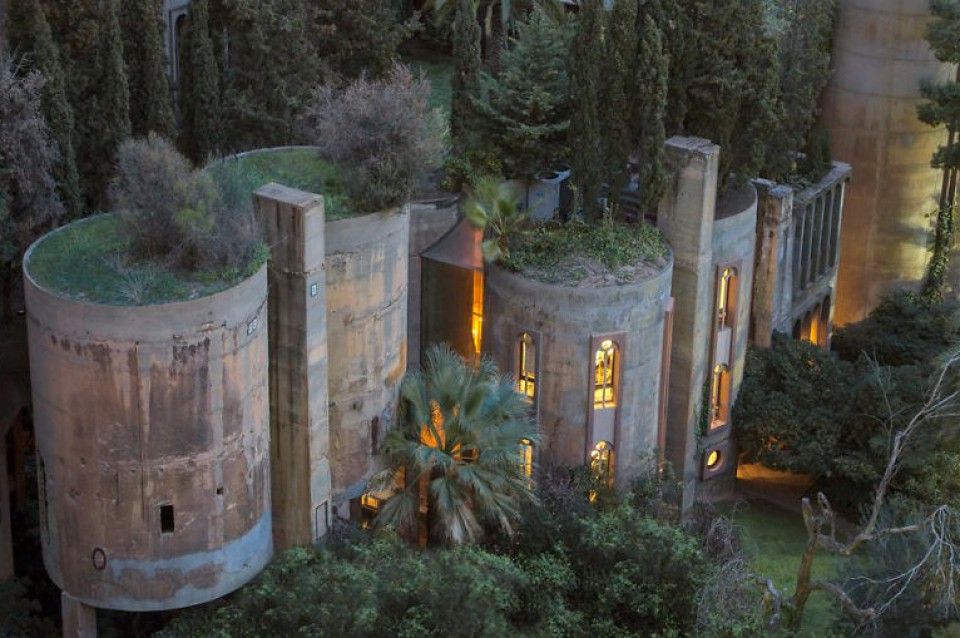
This majestic building was originally an abandoned cement factory discovered by Ricardo Bofill in 1973, in a deteriorated state. He transformed this old building into a unique and spectacular residence. Located just outside Barcelona, this building is estimated to have existed since World War I when polluting machines were shut down. After several years of deconstruction, the architect working on this project added vegetation to the exterior and a modern touch to the interior and workspaces.
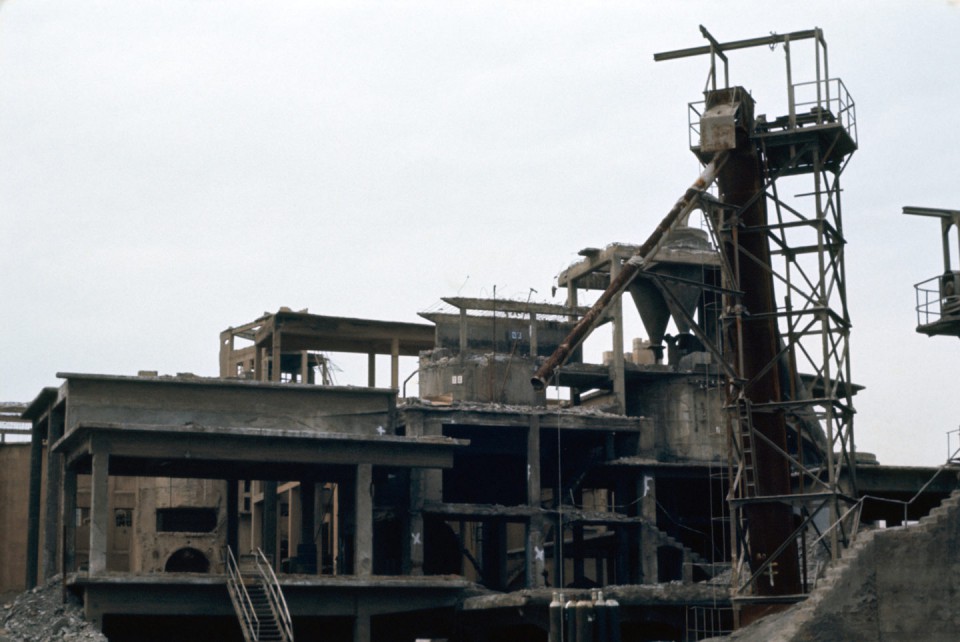
The building, known as La fábrica, is one of Bofill's life projects, where a structure initially designed for air pollution with smokestacks has now turned into a beautiful building thanks to Bofill's creative thinking. Various opinions were formed when discovering this building, including surrealism seen in some corners of the building, such as stairs that lead to nowhere, large spaces that are not effectively used, resulting in unclear spatial proportions, abstract designs, and a noticeable presence of brutalist architectural style with various carvings on materials. These opinions formed the concept of renovating the building, which was to showcase the original brutalist aspect of the structure and transform it into a work of art.
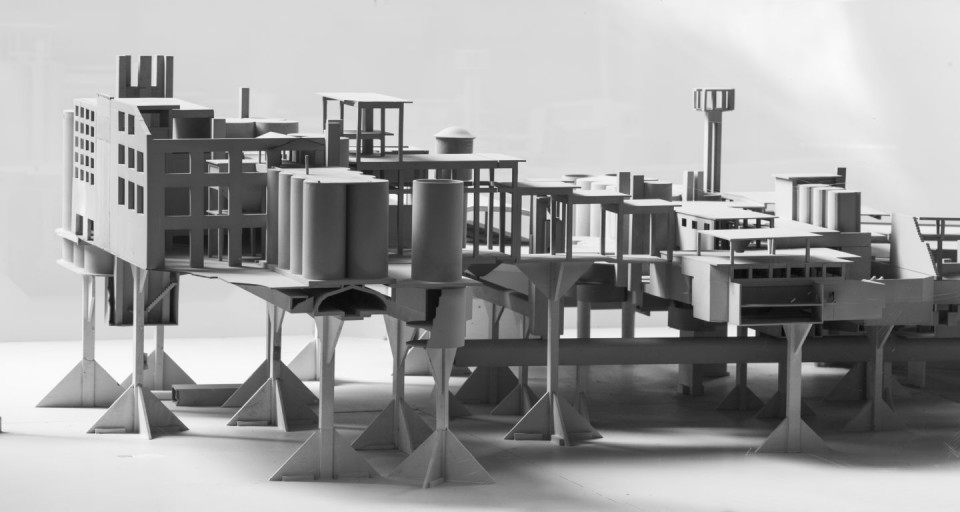
The results clearly show that form and function are not necessarily related. Function does not determine the shape; instead, all spaces can be allocated for various uses depending on the architect's choice if the architect is skillful enough. Bofill found this place conducive for concentration and ideation. For him, life in this house provides both a workspace and a vacation simultaneously.

The construction of the building took about a year and a half. The work included revealing the original form of the building, repairing specific spaces, and showcasing the original structure through materials. The next step was to plant vegetation and trees. This was done to provide greenery to the building, allowing the plants to climb the structure, even reaching the roof.
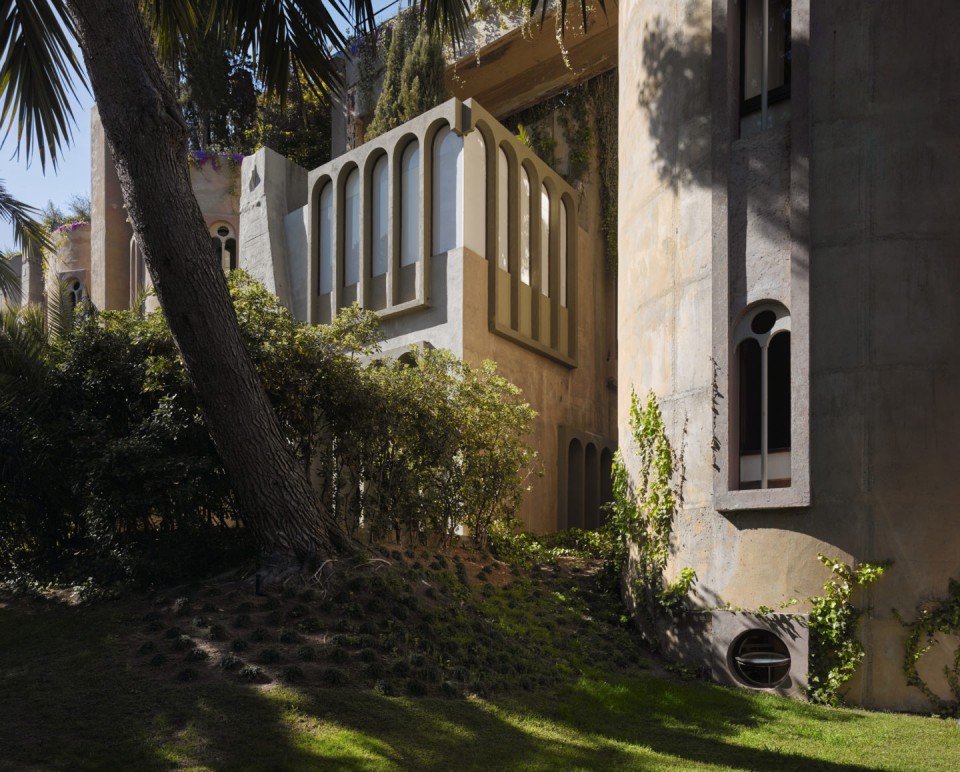
Various parts of the building, such as the cathedral, gardens, and towers, became more prominent. Doors, windows, and stairs on both the exterior and interior walls were added to the building. Gradually, this cement factory turned into something new.
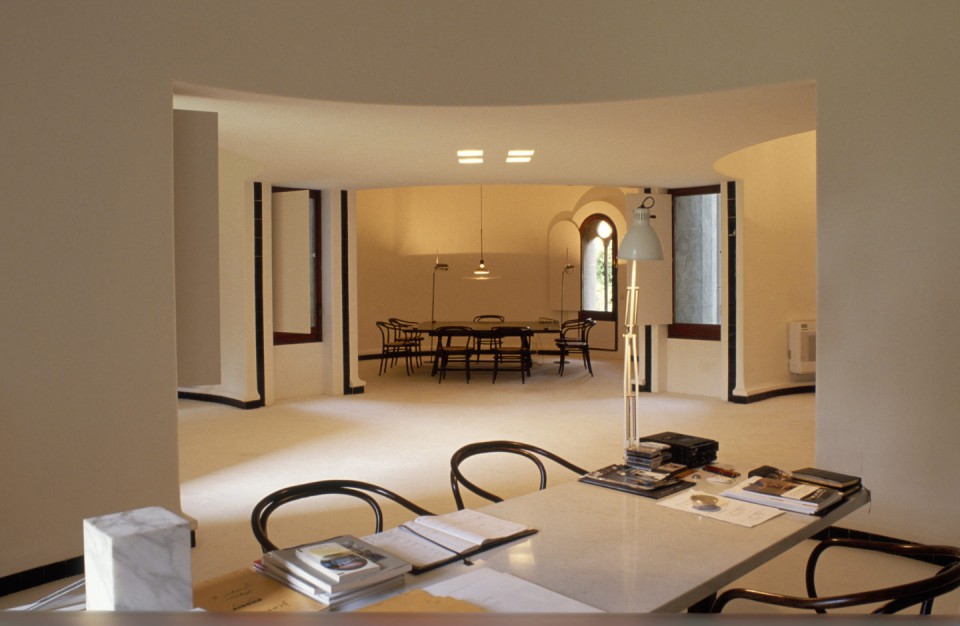
The building serves multiple functions: a residence, a studio, and a cathedral. The studio area is located in the factory tower, consisting of four floors connected by a spiral staircase. This area represents the uniqueness of the company. The high-ceiling layout fosters teamwork and provides a conducive atmosphere for creativity and concentration for each individual.
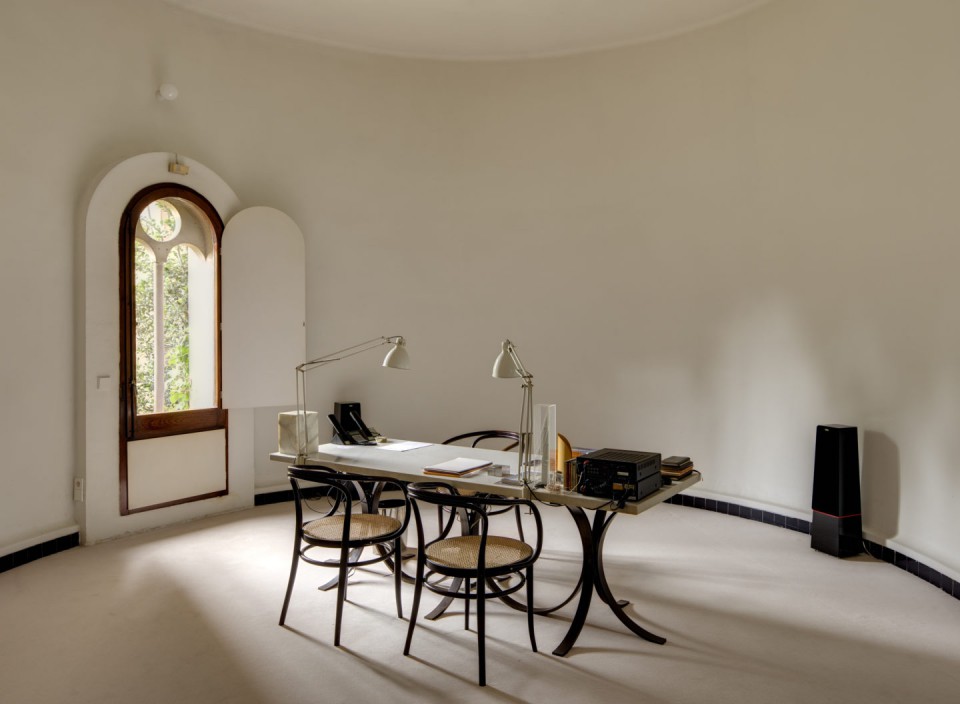
The office on the first floor is a minimalist space with a 4-meter-high ceiling. It is characterized by white walls and carpeted floors. The workspace is bright and spacious, thanks to open areas that allow sunlight to enter. Additionally, it offers views of the garden.
The underground gallery houses workshops and archival rooms. Doors, windows, and various decorative elements reference culture, history, and contrasts of vernacular industrial forms, which are the original characteristics of this factory.

The cathedral-like area transformed the factory hall into an exhibition space with a large, high-ceilinged room, approximately 10 meters high. The oxidized ground surface, exposed concrete walls, and industrial aesthetics provide a unique atmosphere. They also serve as a reminder of the original building's structure. The cathedral's visual impact is strong and complemented by wooden and steel tables, black leather sofas, chairs, glass and steel coffee tables, and a small meeting table beneath the large chandelier.
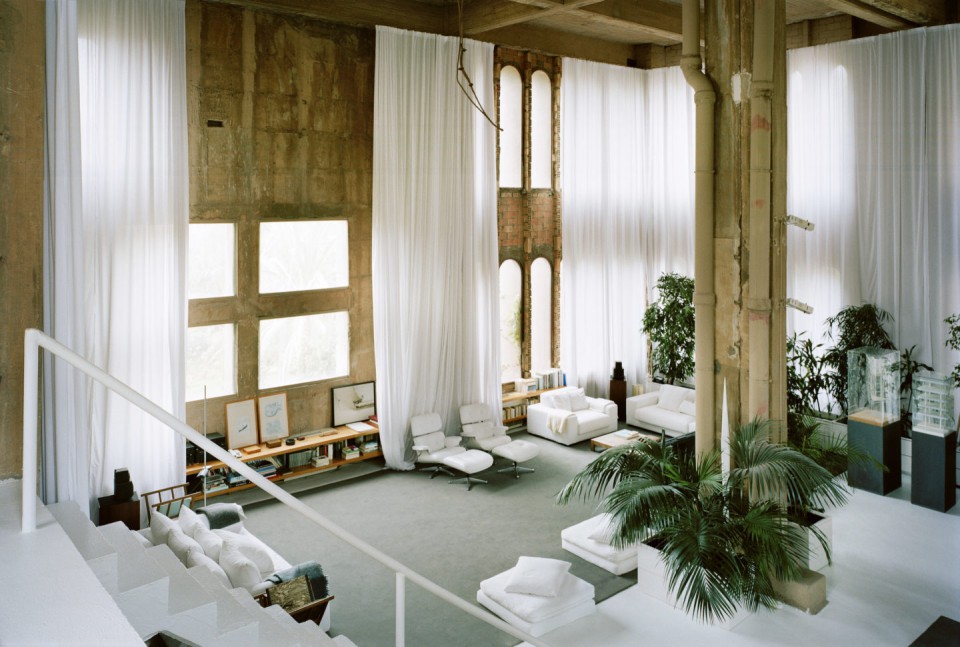
Ricardo Bofill appreciates the uniqueness of this factory. He finds it to be a magical place with an unimaginable atmosphere. In the upper part of the factory, Bofill transformed the area, surrounded by rough concrete, into a central space. For him, this space, with its curved windows, represents an orchestra.

"Domestic, monumental, conceptual, and brutalism", that is what Ricardo Bofill thinks when looking at the dimensions of this room.
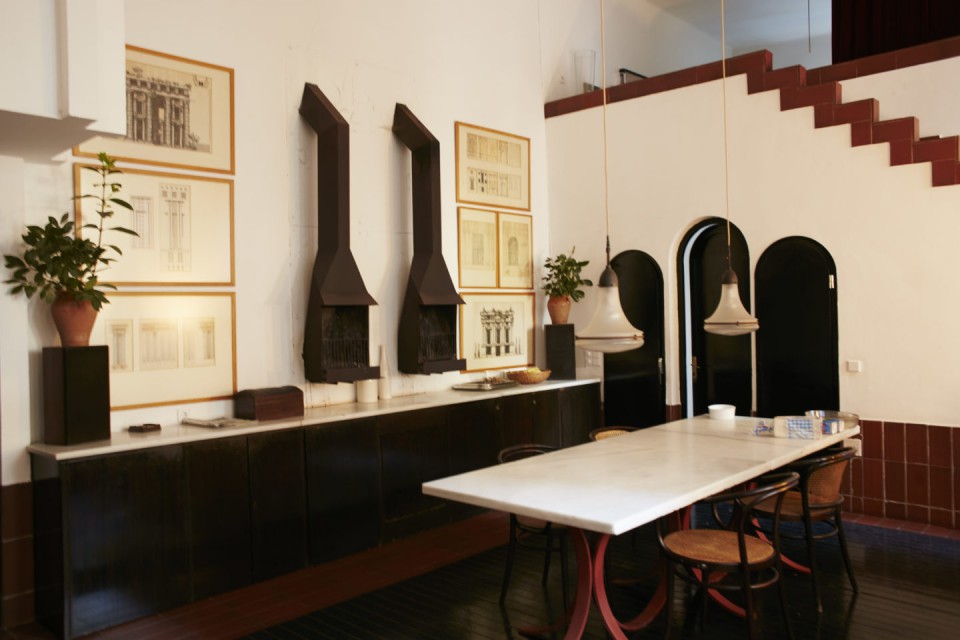
The kitchen and dining area are on the ground floor, serving as a family gathering space. In the middle of the room is a white marble table with sturdy legs. Thonet chairs with backrests and two fireplaces designed by architect Oscar Tusquets provide warmth, beauty, and a cozy atmosphere to the space.
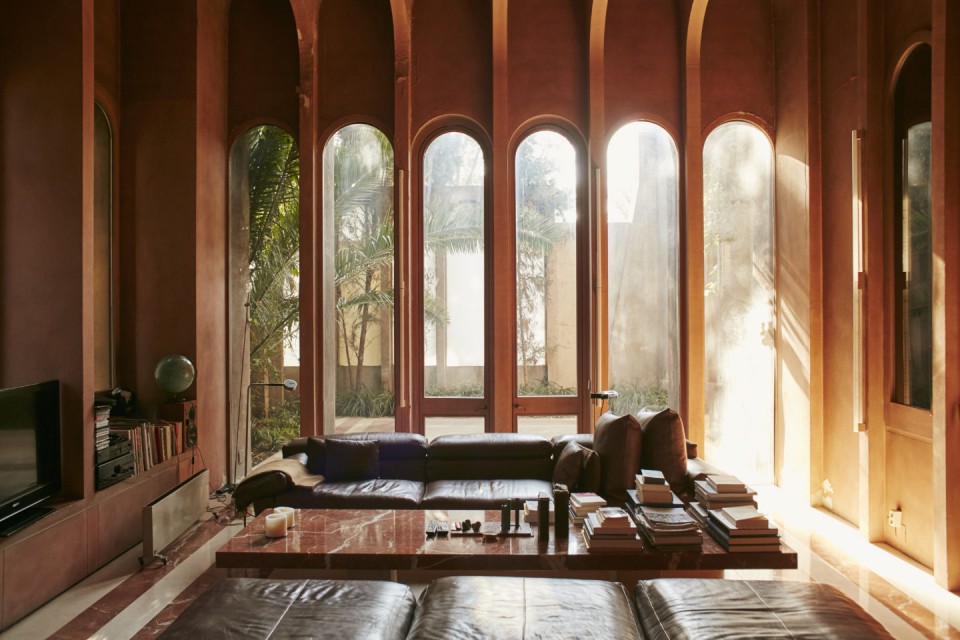
Furthermore, there is a pink-themed central room with a traditional Moroccan finishing on the walls. This pink room offers a smaller and more private space for the family, with a large fireplace dominating the room.
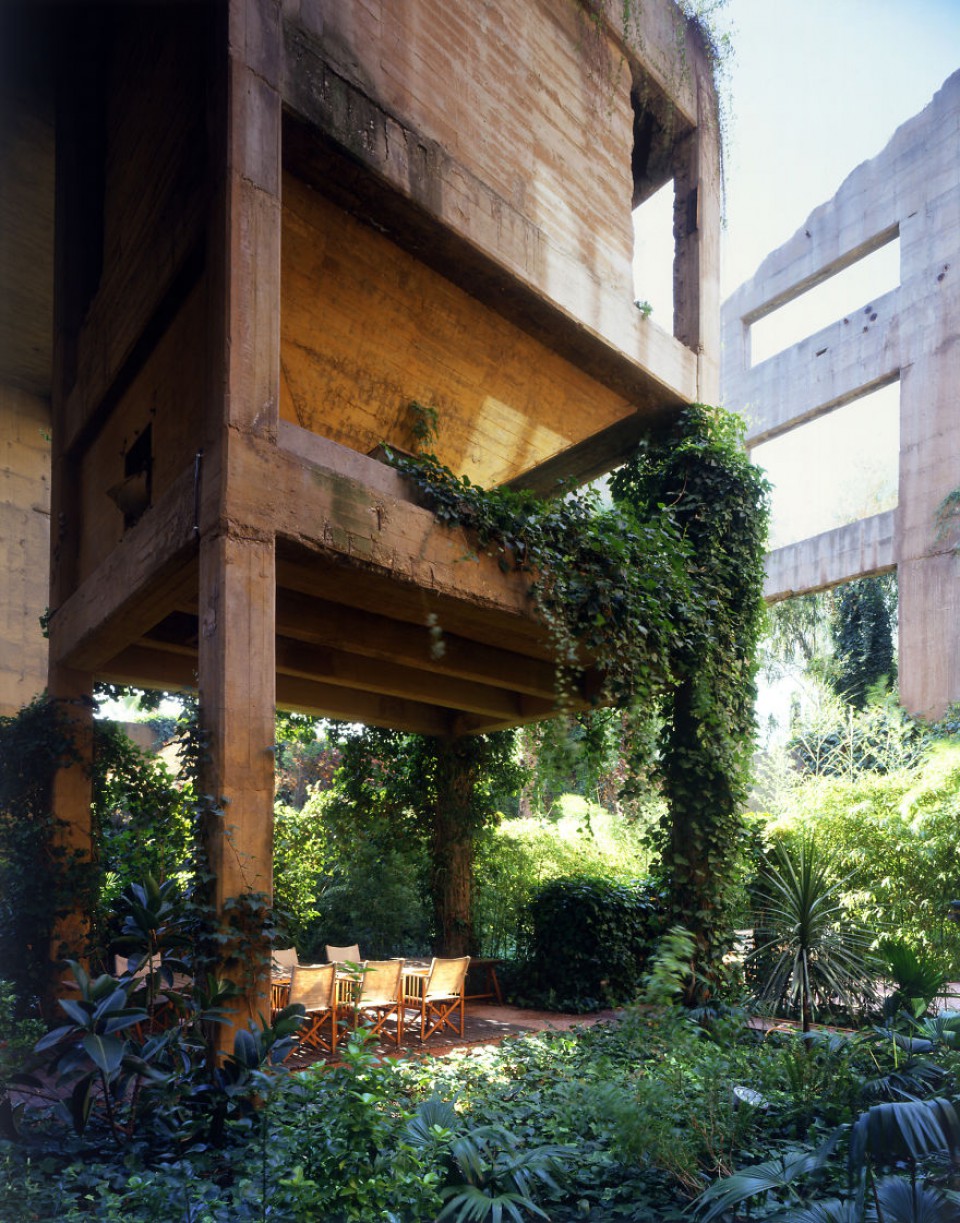
The areas that are free from concrete are designed with vertical greenery around the building mass. Plants are allowed to grow, climbing the walls and extending from the roof. The site surrounding the building is predominantly covered with grass, and the area is bordered by various trees such as palm trees and prunes, which frame the exposed concrete walls. This creates a mysterious and unique effect.
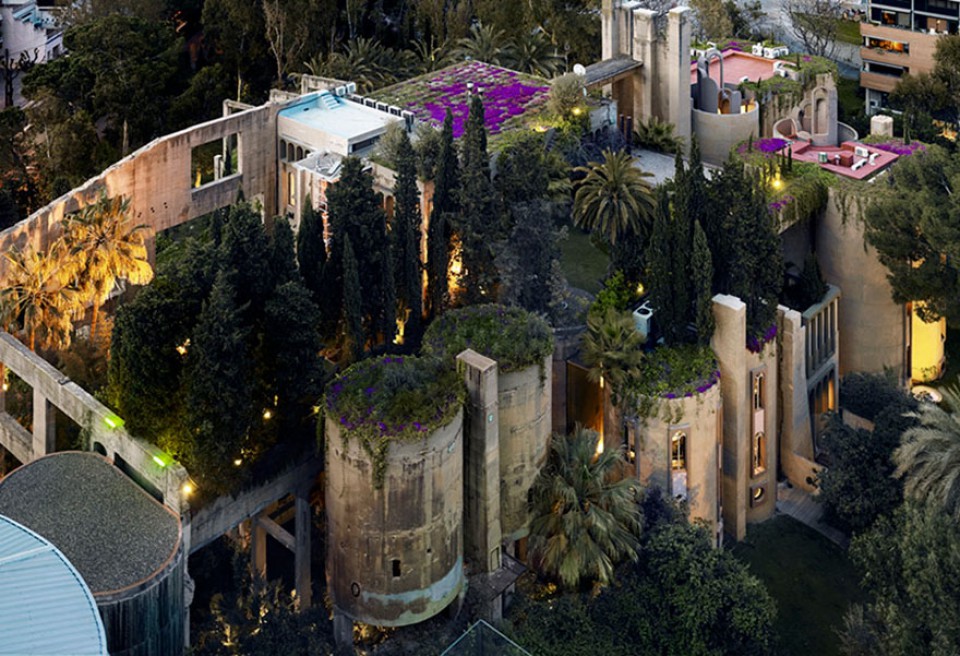
source: La Fabrica, Ricardo Bofill


